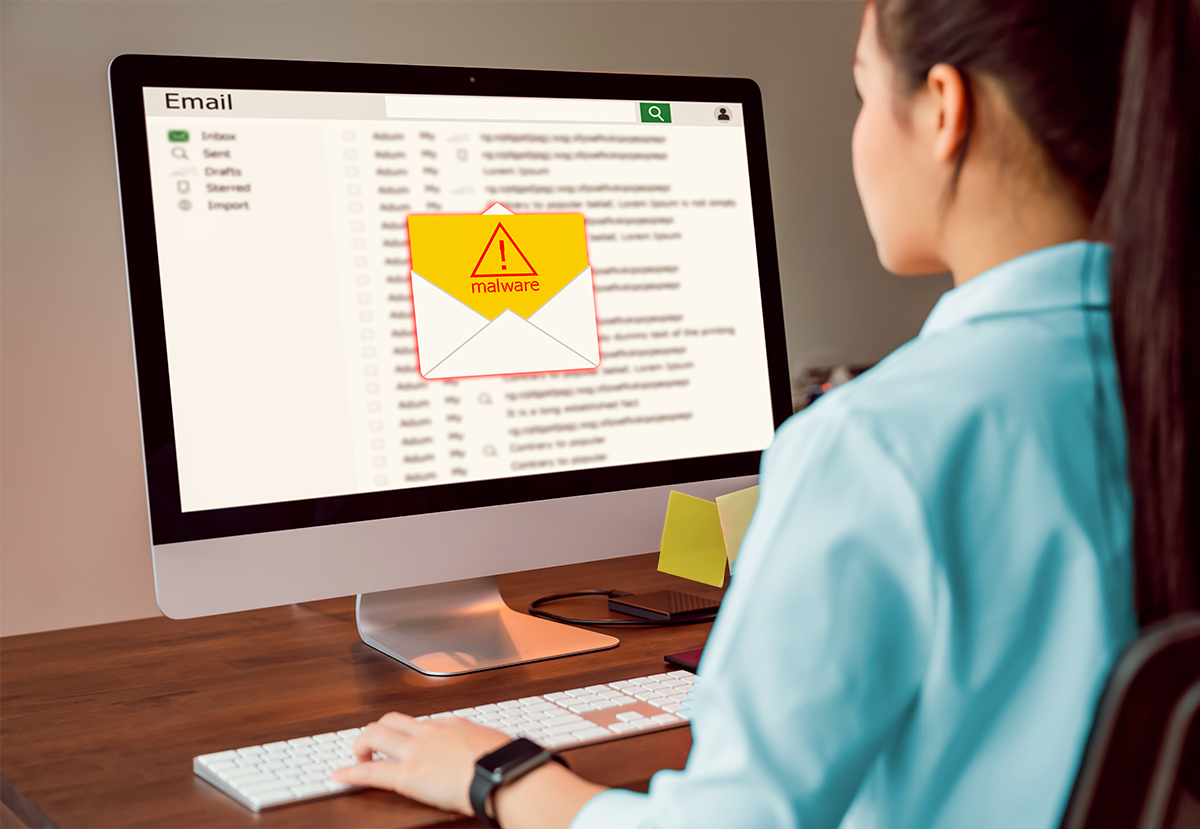Protecting Your Business From Ransomware

Cyber criminals know that if your critical business files, like financial records, customer lists or email, are inaccessible, it can wreak havoc on your business. So when they hack your system, they make you pay a ransom to get your data back. This is ransomware. Luckily, there are some cybersecurity measures you can take to reduce the risk of a ransomware attack and to make it less damaging if it actually happens.
Ransomware is a form of malware
Malware is a term for any malicious software that makes your digital devices do things you don’t want them to do. Besides ransomware, it can include computer worms that destroy data out of sheer malice, viruses that infect other software in order to steal data (like account numbers as you enter them) and adware that serves up random fake ads on your devices. And there are more.
What is a ransomware attack?
Ransomware allows hackers to remotely access data on your computer systems and, often, encrypt it, making it impossible for you or even a security expert to read it without a secret code that only the attackers know. Similar to other kinds of malware, it can spread in a variety of ways, such as exploiting weaknesses in your network, like software that hasn’t been updated to patch security holes, or tricking someone in your business into installing it from a fraudulent email or other message.
Once the malicious software gets into your network, whether through flaws in software or a phishing message, it can spread from computer to computer, surreptitiously encrypting the files it finds. At some point, it will usually pop up a message telling you that your data is inaccessible unless you pay a ransom to the people behind it. Occasionally, ransomware may also threaten to leak your company data unless you pay. That means that confidential information about you, your employees or your customers might be made public or sold to the highest bidder.
You might think that ransomware attackers would focus on targeting large enterprise businesses and institutions like hospitals and school districts, all with lots of data to hijack, but ransomware affects small businesses and individuals too. Phishing emails and automated attackers spreading malware can cast a wide net, so don’t assume that just because your business isn’t a household name it can’t be affected.
If your business is a victim of a ransomware attack, it doesn’t necessarily mean all is lost: If you have backups or copies on unaffected devices of at least some of your data, you may be able to restore it. But otherwise, if you don’t intend on paying the ransom, you may permanently lose important information and need to either reconstruct it from scratch or contact customers or suppliers to see if they have their own copies they can share with you. This can be embarrassing or even debilitating for a small business.
Generally, devices and hardware like hard drives that have been affected by ransomware can be reformatted and reused, but it’s often good to work with a security expert to ensure that all traces of the malware have been removed.
What are steps for ransomware protection?
Luckily, there are steps you can take to reduce the risk of a ransomware attack in the first place.
Update devices on your network. This includes computers, routers and other equipment. Keep them updated with the latest software versions, as device and software manufacturers send out patches to make sure known security issues are fixed before they can be exploited.
Install hardware and software firewalls. Antivirus software can also scan emails and computers for ransomware and other types of malware, intercepting it when it’s found, ideally before it can do damage. You can talk to your internet provider about what security measures are available with your existing business internet service. Some internet routers also feature encryption through WPA2 (Wi-Fi Protected Access 2). Check to see whether it’s available for your business Wi-Fi.
Educate your employees. To avoid phishing attacks, make sure to talk to your employees about the dangers of clicking on suspicious emails and links they receive via text, social media and other channels. This will help prevent them from accidentally falling for ransomware or other scams that could hurt them or your business.
What are ways to reduce the damage of ransomware?
You want to make sure you’ve done all that you can to minimize the damage ransomware can do. Often, these steps can also help you prepare for other disasters.
Perform regular backups of your data. When you have the data in a secure place, on a cloud platform or external drive, you can simply restore the last good version of the data and hopefully not lose too much information. Cloud-based platforms are a good idea as they’re very easy to use, reasonably priced and known for being secure. Specifically, they take steps to back up your data locally while replicating it in the cloud. What’s more, many offer the options for full-system restoration.
Limit access to especially sensitive data. Whether this means newly developed trade secrets or customer Social Security numbers, think about storing this data on a limited number of locked-down computers or only in cloud systems designed to restrict access. This way, ransomware is less likely to be able to access it and encrypt it or leak it.